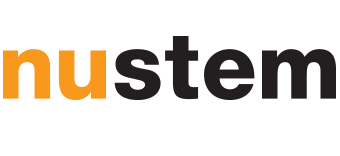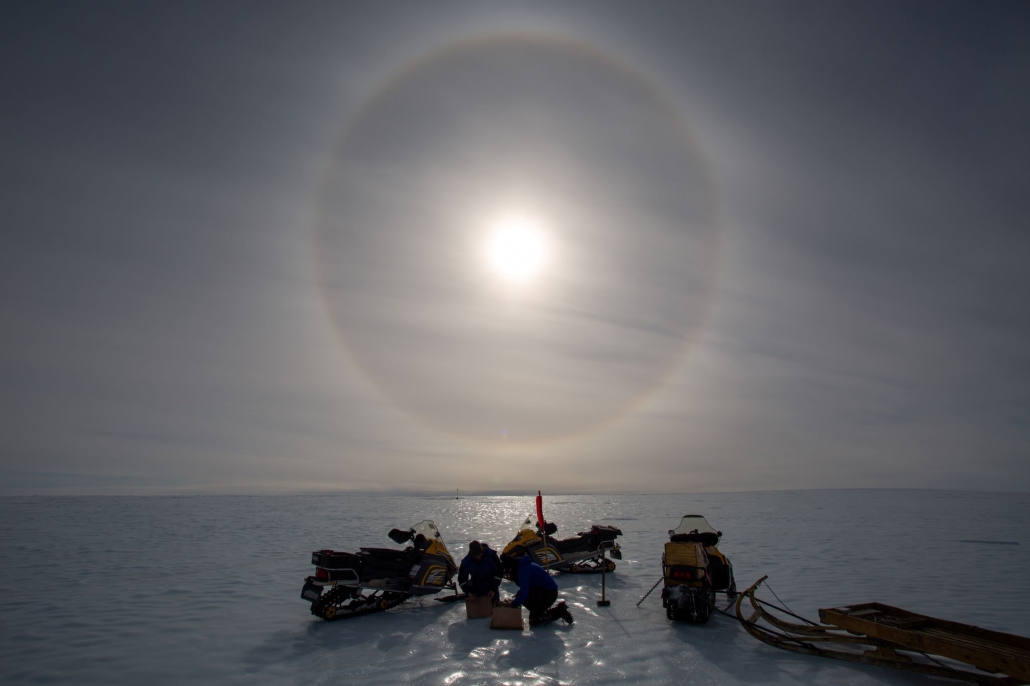Supporting home learning with STEM activities
As the world changes and we all adapt to our new realities, NUSTEM are working hard to make sure we continue to support our partner schools. It’s clear there’s a wealth of activities out there, and many STEM organisations are already packaging these up to support parents who are taking on the role of home-school teacher for the first time.
We’ve spent the last week or two thinking about how we can support this effort effectively. We’ve thought carefully about the audiences we work with through our partner school network, and their needs. We want to make sure that the resources we share empower parents to engage with STEM home schooling; as such, we’ve created a set of principles we’re using to develop our materials.
Principles of STEM at Home
- Activities shouldn’t require extra resources – it would be irresponsible to encourage parents to go out to the shops to pick up STEM education supplies.
- No food-based activities – activities shouldn’t contribute to any shortages in the food supply chain, nor should they distract from essential food shopping.
- Resource requirements should be flexible – activities should be doable with a variety of different resources and with minimal preparation, so they are open to as many families as possible. A family not owning item x, can still do it with items y or z.
- Instructions need to be clear and written in simple language – reading ability, and pedagogical understanding, of parents will vary greatly. Activity descriptions should be brief, friendly and clear.
- Span age ranges and abilities – many parents will have multiple children of different ages and abilities. Accordingly, activities should be open-ended.
- Printable, ad-free and accessible on mobile devices – we assume the primary way of accessing activities will be through a phone screen… but we should also check pages print well.
- Quick to start, early success with minimal information, and stretch-enabled – quick start, low threshold high ceiling activities that provide success and fun quickly to capture and reward attention. Families should be enjoying themselves as early as possible. Extension is important, but not to the detriment of that ‘first hit’.
- Indoors – activities shouldn’t assume access to outdoor space, and we shouldn’t encourage families to venture out except as supported by government guidance .
- Safe – activities should be low risk, with any hazards clearly described. Possible accidents requiring medical attention are particularly undesirable when hospital capacity is already stretched.
- Encourage social interaction – where possible, aim to connect people, within families or beyond, through social media platforms like online galleries.
About the principles
Writing the above points was an interesting exercise for us, not least because it made us think slightly differently to normal about things like risk assessment, and use of materials. We’re keenly aware that while we work with families regularly, we usually do so face-to-face. Suggesting activities online is a very different situation, and as you’ll notice from the above, we think it’s hugely important that families have a positive experience.
Our principles are aimed at working with primary-aged families, but could be applied to families with older children as well.
We’re keen to see how principles hold up in the face of experience over the next few weeks. Lots of other resource providers are doing similar things, and we’d love to hear how your thinking compares or contrasts with ours – do get in touch: nustem@northumbria.ac.uk.
Example activities
We have activities ready-to-go, with our first activities letter reaching science coordinators in our Primary Partner schools as you read this blog post. We’re providing schools with the materials they need to publish the activities, and hosting copies here on our website so they’re accessible to all. We’re aiming to add two or three more activities each week.






